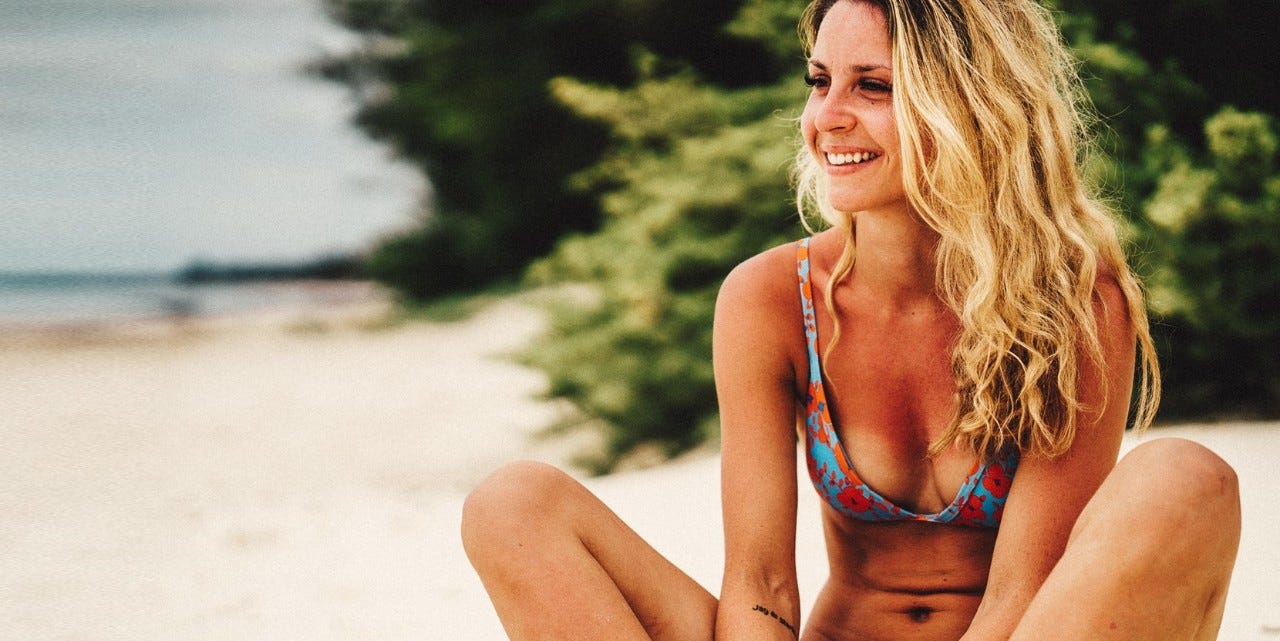When the sun causes itching
But not everyone can enjoy the sun’s rays. They sometimes trigger a skin reaction, especially in women, young people and fair-skinned people.

In most cases it will be a sun allergy, also known as polymorphous light eruption. A few hours or days after exposure to the sun, the affected areas of the skin start to itch intensely and sometimes the skin feels like it is burning. Reddening of the skin, blisters or red spots appear – mainly on the arms and chest, less frequently on the face.
If you get caught out and you experience these symptoms, one of the following home remedies may help:
-
Aloe vera gel
Apply cooled aloe vera gel directly to the skin to ease the pain and itching. You can use the gel until the symptoms subside.
-
Milk and quark
Milk soothes the skin. For example, you can lay a cloth soaked in cold milk over the affected areas. Then clean the skin with cold water.
Quark from the fridge is also good for irritated skin.
-
Cold compress
Apply a cold compress to the affected area. It can relieve the itching and rash.
-
Cucumber purée
Cucumbers are known to help with various skin complaints. Spread a cool cucumber purée on the affected area. This can help stop the rash from spreading and soothes the burning.
-
Black tea
Dip a compress in black tea (without added flavouring) and lay it on the affected area.
-
Prevention is better than cure
The best protection against the sun is to stay in the shade and wear long clothing or sun cream with a high light protection factor ( 30 to 50). You shouldn’t only avoid the sun around midday, but also whenever you wear perfume or scented cosmetics such as bergamot oil, This is because the ingredients combined with sun exposure trigger a phototoxic reaction in some people. Some sun allergy sufferers are helped to get used to light by undergoing special phototherapy (phototherapy) before their first sunbathing.



